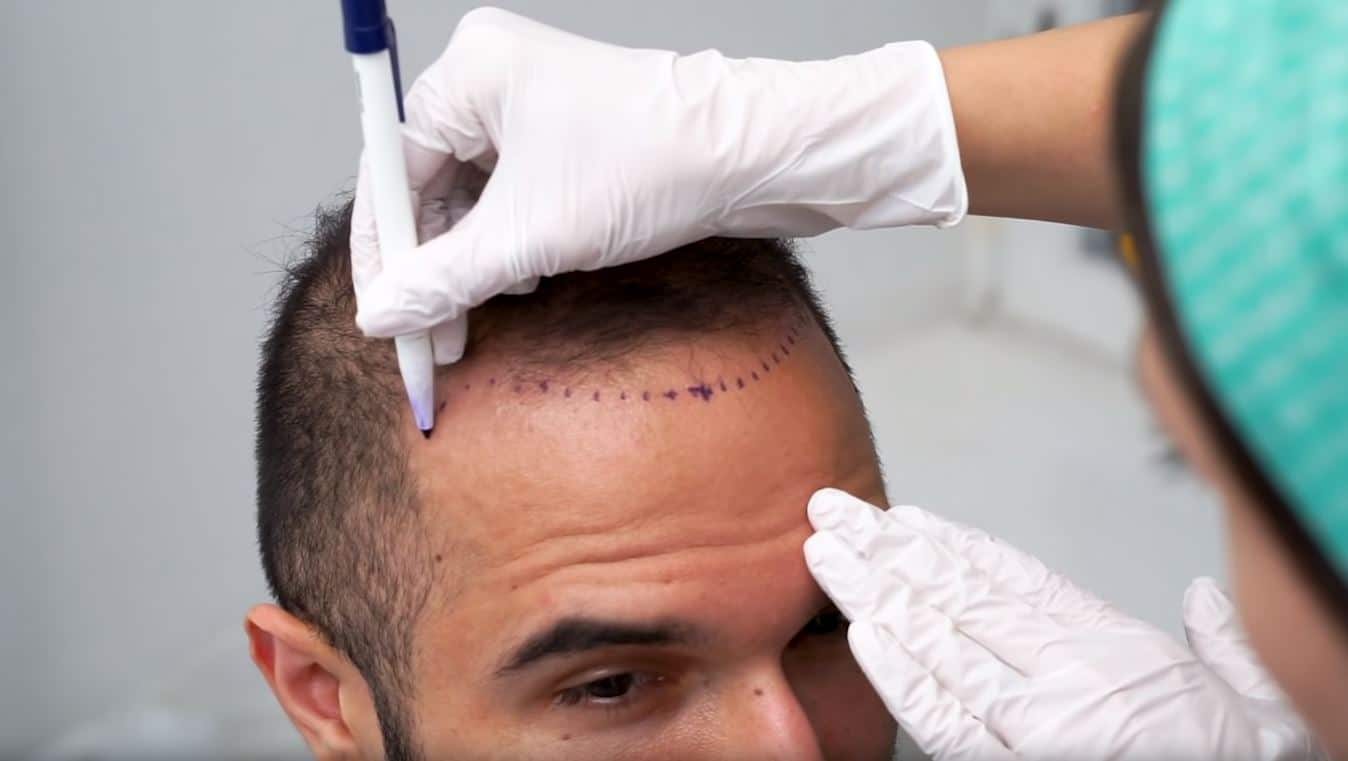Hair loss can be a challenging and often distressing experience for both men and women. Fortunately, advancements in science and technology have led to innovative solutions for hair restoration, with Hair Transplant in Dubai standing out as one of the most effective options. The process of hair restoration goes far beyond simply adding hair to thinning areas—it’s rooted in the science of follicular growth, stem cell technology, and advanced surgical techniques. In this article, we will delve into the fascinating science of hair restoration, exploring how it works, the principles behind hair transplants, and what you can expect from this life-changing procedure.
Understanding the Hair Growth CycleTo fully appreciate the science of hair restoration, it’s essential to understand the hair growth cycle. Hair grows in phases:
Hair restoration techniques aim to target the follicles during the anagen phase, stimulating growth, or transplanting healthy hair follicles to areas where hair production has stopped. Understanding this cycle helps explain why hair loss can be gradual and why treatments such as hair transplants require patience before showing results. The Biology Behind Hair LossHair loss often occurs when the hair follicles become sensitive to a hormone called dihydrotestosterone (DHT), which is derived from testosterone. In genetically predisposed individuals, DHT can cause hair follicles to shrink, weakening their ability to produce hair over time. This leads to male and female pattern baldness, where thinning hair eventually becomes noticeable. The science behind hair restoration is rooted in counteracting this process. By either stimulating the remaining follicles or transplanting healthy ones, treatments can restore hair growth to previously bald or thinning areas. Advances in medical technology and hair science have made it possible to achieve lasting, natural-looking results. The Hair Transplant ProcedureA hair transplant in Dubai involves the surgical extraction and relocation of healthy hair follicles from one part of the scalp (the donor area) to another (the recipient area). This process is based on the principle of follicular units, where each hair follicle, along with its surrounding tissue, is treated as a unique graft. These grafts contain all the necessary components to grow hair once transplanted into a new area. There are two primary methods of hair transplantation:
Both techniques involve placing hair follicles into areas that are still capable of supporting new growth, ensuring that the transplanted hair will continue to grow naturally and healthily over time. The Role of Stem Cells in Hair RestorationThe science of hair restoration has been further revolutionized with the integration of stem cell technology. Stem cells are undifferentiated cells that have the potential to develop into various types of cells, including hair follicle cells. Research in stem cell therapy aims to regenerate dormant hair follicles or even stimulate new follicle growth. While stem cell treatments for hair loss are still in experimental stages, there have been promising breakthroughs. Some procedures involve extracting stem cells from the patient's own body (such as from adipose tissue) and injecting them into the scalp to promote hair regeneration. As this field advances, we may see stem cell therapies play an increasingly important role in restoring hair for people who suffer from severe hair loss. Platelet-Rich Plasma (PRP) Therapy: Enhancing Hair RegrowthAnother cutting-edge development in hair restoration science is Platelet-Rich Plasma (PRP) therapy. This non-surgical procedure uses the patient’s own blood to stimulate hair regrowth. The blood is drawn, processed to concentrate the platelets, and then injected into the scalp. The platelets contain growth factors that can rejuvenate hair follicles, promote new hair growth, and thicken existing hair. PRP therapy is often used in conjunction with hair transplants or other hair restoration treatments. By enhancing the environment for hair follicle growth, PRP can accelerate the healing process and improve the final outcome of hair restoration. The Science Behind Post-Transplant Hair GrowthOnce hair follicles are transplanted, they go through a temporary phase of shedding, which is completely normal. This shedding occurs because the follicles go into a resting phase before starting to grow new hair. This process is called "shock loss", and it usually occurs within the first few weeks after the transplant. However, new hair begins to grow after a few months, and full results are typically visible within 6 to 12 months. The transplanted follicles are resistant to the effects of DHT, which is why they continue to grow healthy hair even in areas where other follicles may have failed. As the follicles heal and adjust to their new location, they begin producing natural, thicker hair, resulting in a fuller, more youthful appearance.
The Future of Hair Restoration: Innovations and AdvancementsThe field of hair restoration is constantly evolving, with new techniques and technologies emerging regularly. Research in gene therapy, tissue engineering, and AI-driven diagnostics holds great potential for creating even more effective and personalized treatments. As the science of hair restoration continues to advance, patients can look forward to more options that deliver faster, safer, and more sustainable results. ConclusionHair restoration is more than just a cosmetic procedure—it’s a deeply scientific process that leverages cutting-edge technology to help people regain their confidence and appearance. Whether you're considering a Hair Transplant Dubai or exploring other non-surgical options, understanding the science behind these treatments will empower you to make an informed decision. | |
|
| |
| Views: 17 | |
| Total comments: 0 | |

